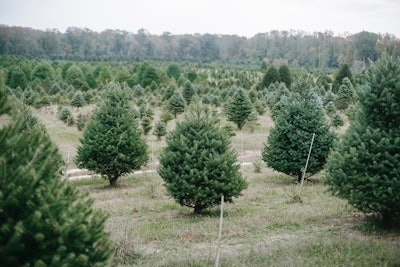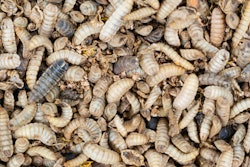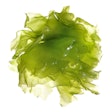
As January progresses, more Christmas celebrants will be disposing of their decorative trees. It's always a shame to see such large quantities of pines, cedars, firs, and spruces added to landfills each winter, with millions of trees ending up wasting away in American landfills annually. According to the National Christmas Tree Association, about 25 to 30 million are sold in the U.S. each year. As a natural resource, there are many applications for an unwanted tree, some including mulch, fighting coastal erosion, burning for energy collection, buttressing sand dunes--and, at times, feeding livestock.
Many local farms nationwide will accept real Christmas trees that have not been treated with fire retardant sprays, colorant, or other chemical concoctions, and that are relatively fresh and not dehydrated. Goats, sheep, and chickens are among some of the farm animals that are able to stomach conifer needles and bark, and more than that, it gives them something to do during the long winter months when many pastures are under blankets of snow.
Christmas tree needles can provide small amounts of nutrients, vitamins, and antioxidants to both humans and farm animals alike, although they can be touch to digest for some, and cattle, despite being a ruminant like goats and sheep, have trouble processing coniferous foliage. Pine in particular is a great natural worm preventative for goats. Trees should be given to these animals in moderation, however, as they can become toxic in large quantities, and may even cause abortion in heavily pregnant animals. Christmas trees may also help to prevent boredom, act as a wind break, and once the pine needles are gone, the remaining wood can be used to pad areas with woodchips or supplement in other infrastructural uses.
There are a multitude of benefits for the environment, producers, and animals when dropping off a tree at a small farm accepting donations, some including:
- Trees are an organic waste produce, and when they break down and decompose under the weight of other waste in landfills, they emit copious amounts of methane gas into the atmosphere, a gas about 25 times stronger than carbon dioxide and, subsequently, much worse for the Earth's atmosphere. Donating to a local farm or using other sustainable disposal methods, one of these even being replanting Christmas trees with intact roots, is much less harmful for the environment.
- While old Christmas trees should only be offered to livestock in moderation and as a special novelty, it may help to cut some of the costs of feed during the winter. As stated, the trees do provide some nutritional value in addition to other health benefits, and this can aid in supplementing diets solely reliant on hay and pellet feed when grass pastures are unavailable.
- Goats and alpacas are known to have eaten evergreen tree foliage in the wild, further contributing to the safety and normalcy that should be attributed to feeding trees to local farm animals. Moreover, it can be entertaining to see goats, sheep, alpacas and chickens finish off a Christmas tree.
Consider checking in with local farms that harbor these sorts of livestock and donating an unwanted tree. It may be as simple as an internet search and a short drive to see a real Christmas tree go to a good cause -- inside a happy goat's stomach.















